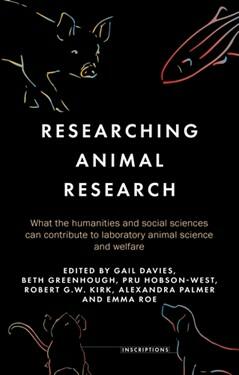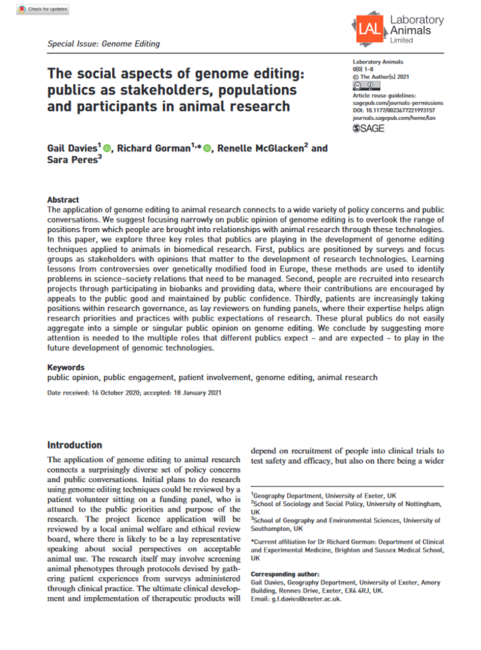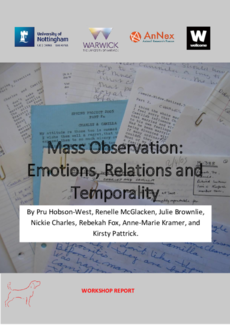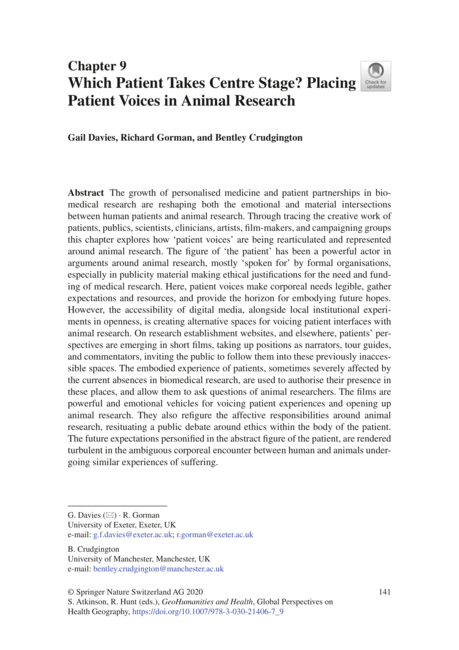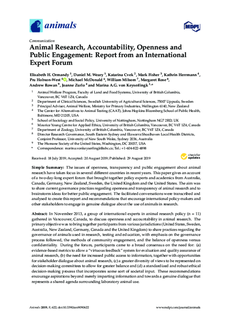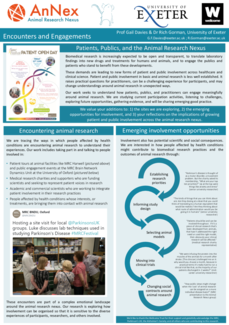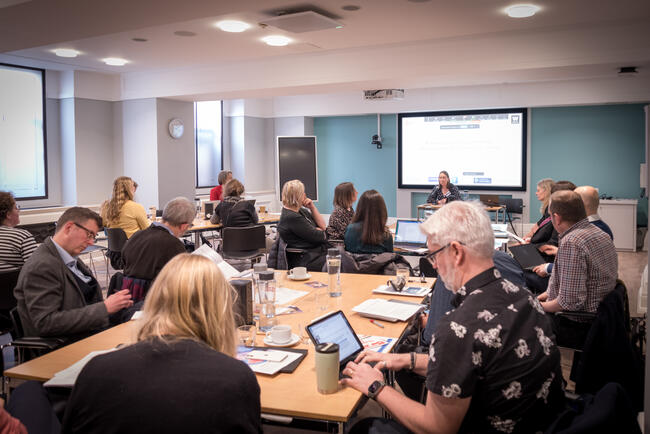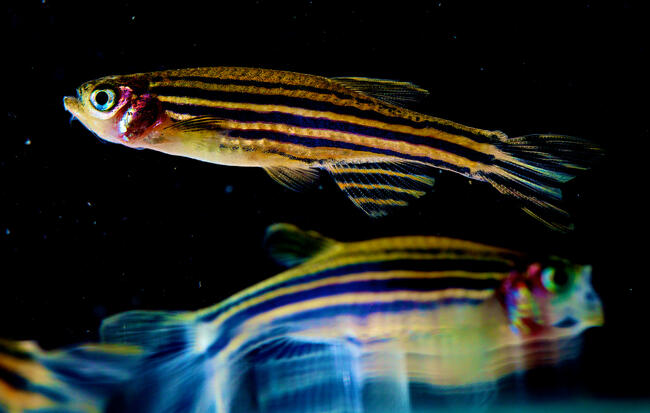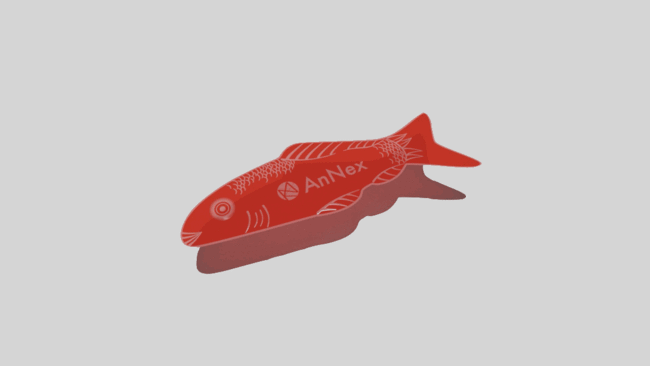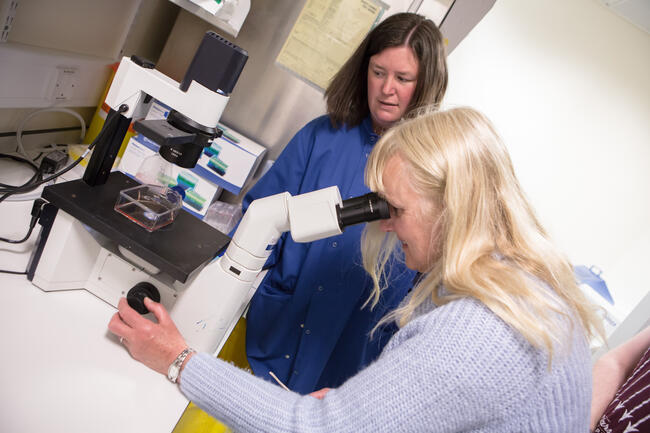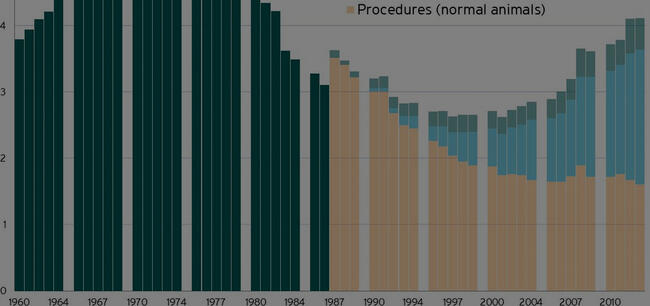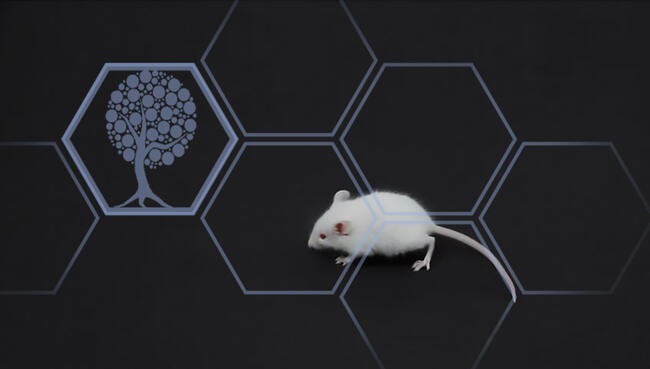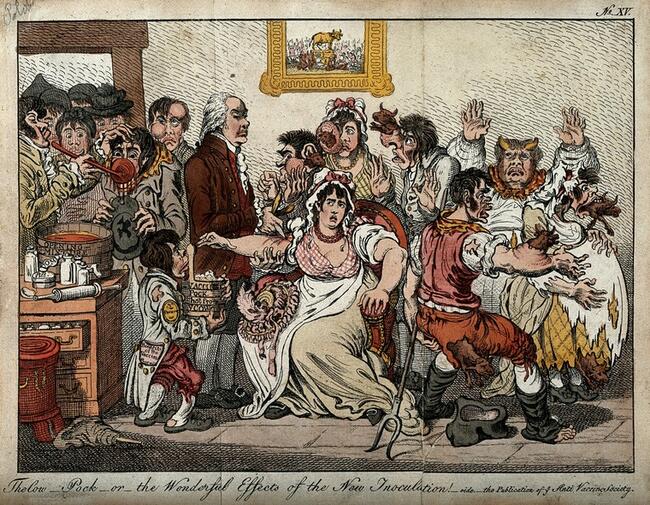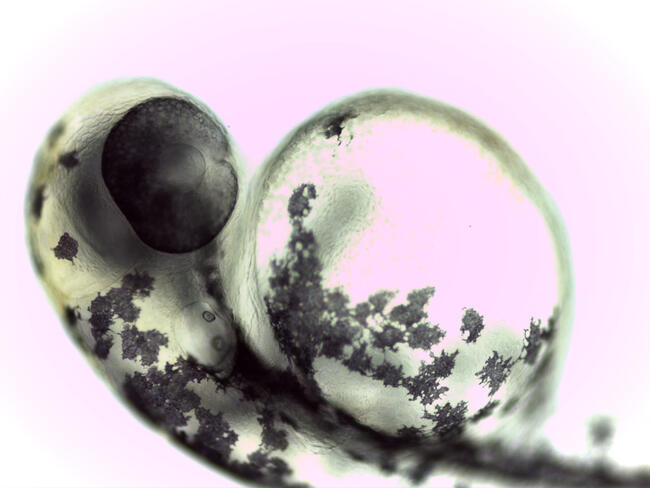Animal Research in Public
Relevant, tagged site content:
Engagement Activities
This engagement activity invites people to draw a label which could be used to denote the role of animal research in the production of medicines.
Publications
This book features highlights from the Animal Research Nexus Programme to demonstrates how the humanities and social sciences can contribute to understanding what is created through animal procedures - including constitutional forms of research governance, different institutional cultures of care, the professional careers of scientists and veterinarians, collaborations with patients and publics, and research animals, specially bred for experiments or surplus to requirements.
Developing the idea of the animal research nexus, this book explores how connections and disconnections are made between these different elements, how these have reshaped each other historically, and how they configure the current practice and policy of UK animal research.
The application of genome editing to animal research connects to a wide variety of policy concerns and public conversations. In this paper, we explore three key roles that publics are playing in the development of genome editing techniques applied to animals in biomedical research: as publics, as populations, and as participants.
The Mass Observation Project is in the care of the University of Sussex and based at The Keep in Brighton. It represents a unique repository of rich textual accounts which span the breadth of ‘everyday life’. These accounts are produced by the MOP’s voluntary correspondents, who are referred to as ‘Mass Observers’, and whose writings are guided by ‘Directives’ which entail a set of questions or prompts on a particular topic.
In Summer 2016, the University of Nottingham commissioned the first Directive on animal research, and analysis has now begun. In June 2019 Renelle McGlacken and Pru Hobson-West co-organised a workshop to critically consider some of the larger conceptual and methodological themes raised by the use of Mass Observation as a research tool, particularly (but not exclusively) when researching animals and interspecies relations.
We are delighted to share our report of the workshop and would welcome any feedback. Please feel free to share the report with your colleagues and wider networks.
Part of the Animal Research Nexus programme involves exploring the changing relationships between people affected by different health conditions and animal research. This chapter explores how ‘patient voices’ are represented around animal research.
The issues of openness, transparency and public engagement about animal research have taken focus in several different countries in recent years. This open access paper gives an account of a two-day-long, international expert forum on this topic.
This poster explains our research exploring how patients, publics, and practitioners might engage meaningfully around animal researc and identifying how people affected by health conditions might contribute to the research practices that potentially involve animal research.
Blog entry
At the closing ‘Researching Animal Research’ conference, we were delighted to bring together a set of diverse speakers to discuss perspectives on using creative methods for thinking about animal research.
By Pru Hobson-West, in conversation with Carlie Sorosiak
Introduction
Lately, the Nottingham team have been reflecting on reflecting.
In our work on the cultures of care and communication in animal research, we often asked ourselves the question: why are fish not the ‘poster critters’ of animal research?
How does how you feel about fish shape how fish get to feel?
Talking about the history of animal research can be tricky: the subject remains divisive, and using images poses further challenges.
A lot of guidance has been written about how to actively involve patients and the public in clinical research, and evidence is growing about the value of this.
In AnNex projects Species and Spaces (S&S) and Markets and Materials (M&M), we have devoted much
Vector is an interactive experience, which uses elements of performance, game, and integrated technology to open up dialogue about the ethical dilemmas of using animals as part of medical research.
This is one of a series of Animal Research Nexus blogs drawing on our current and past work to explore the human-animal and science-society entanglements in the Covid-19 pandemic.
Events
How, why (and why not) are fish utilised as mascots in public engagement with animal research?
Have you ever thought about the role that animals play in producing new medicines? Want to try a creative way of thinking about this topic?

